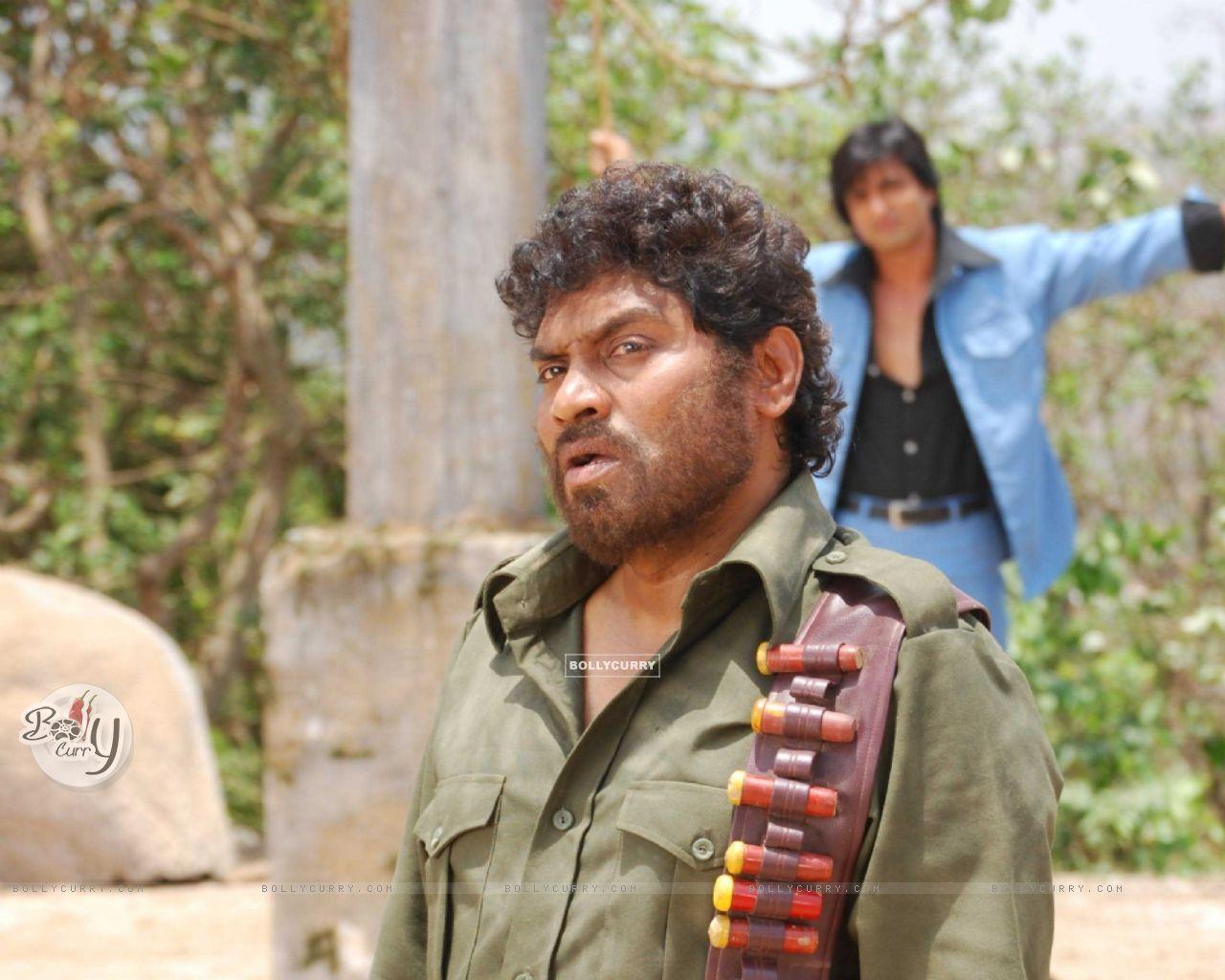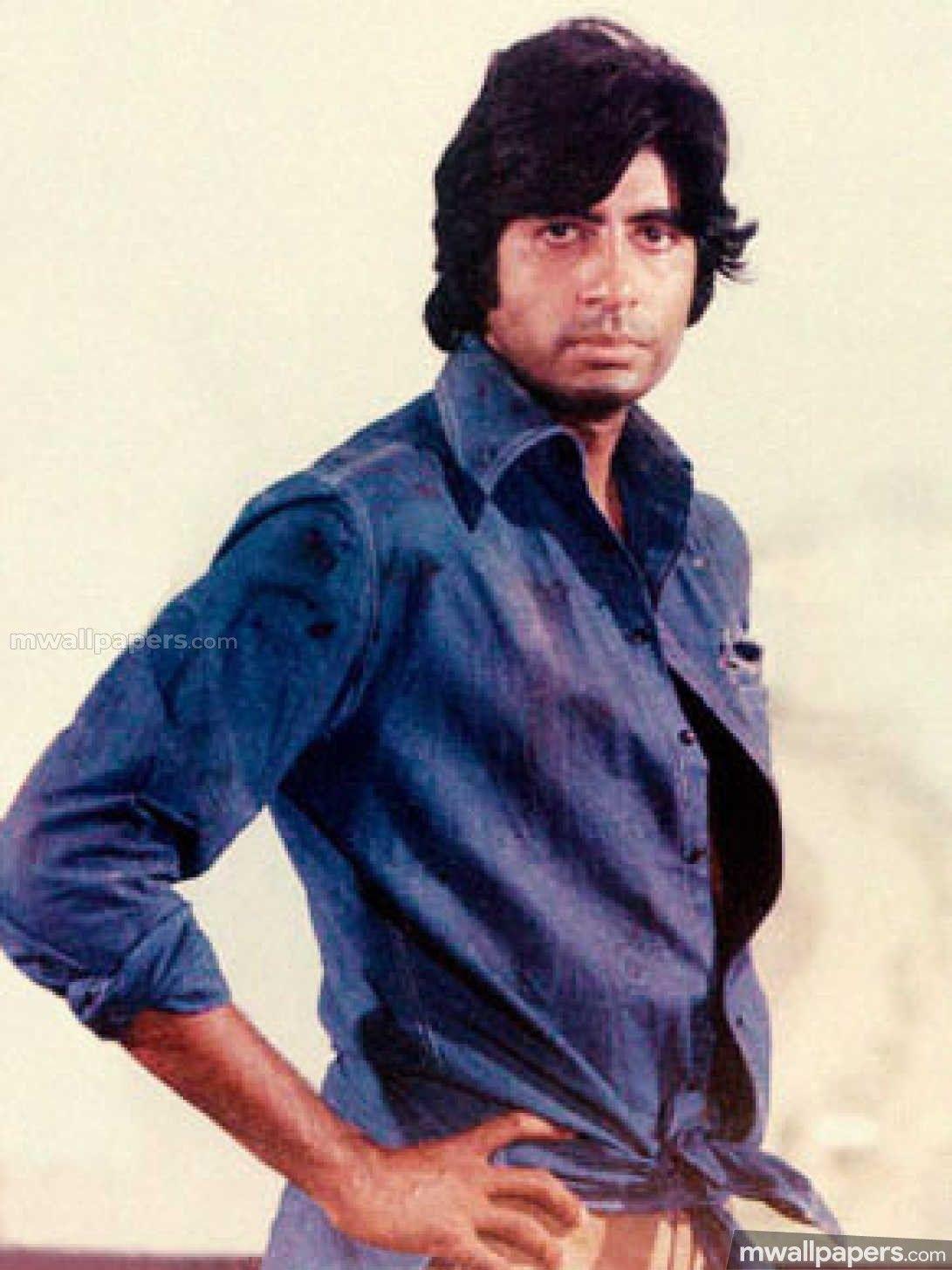17-09-2021
Sholay Gabbar S Background Music Mp3 Download


Gabbar Dialogue Mp3; En Myma Peru Anjala Song Download Mp3 Masstamilan; Download Boys Over Flowers Songs; Fnf Vs; Buleud Gasentra; Chill Reggae Songs 2020 Top 100 Trending Reggae Music 2020 Best Reggae Remix Popular Songs 2020; Jmini Video Songs; Yenada Ippadi Enna Mathura Mp3 Song Download; Butterfly Bts Mv; Ekkadiki Background Music Download. Sholay Gabbar S Background Music Mp3 Download. Composed the film's music and was the film's cinematographer. The film was made with the budget of ₹30 crore (US$4.



Sholay Gabbar S Background Music Mp3 Download Sites
It has been 35 years since “Sholay” – the most popular and celebrated film in the history of India Cinema got released, but I watched it for the first time, only a week before. I saw Sholay without an iota of innocence and with complete ignorance of Hindi Cinema that came before “Sholay” or even after it. I belong to the Lagaan era of Hindi cinema. I have been watching Hindi films, regularly, only since 2000. That explains why the some of the sentences that should have ended with an exclamatory mark ends with a question mark in this article. Everyone has a story behind when, where, why and how they watched Sholay for the first time. Here, is mine.
The urge to watch Sholay came when I saw “Pancham Unmixed: Mujhe Chalte Jaana Hai’, a documentary on R.D.Burman. The interest in the film grew bigger when I read the book “Behind the Curtain: Making Music in Mumbai’s Film Studios”. Both the book and the documentary film have lots of fascinating tidbits of information and anecdotes gathered from the musicians, who played in R.D.Burman’s orchestra, when R.D.Burman was recording the background score of 'Sholay'. I bought a “Sholay” DVD from Moser Baer, but somehow, I never found time to watch the film. A week ago, I saw someone’s tweet about celebration of 35th anniversary of Sholay, and I wanted to watch the film immediately to see what the fuss is all about and, I saw the film.
I immensely liked R.D.Burman's background score in the film. Ilaiyaraaja, whom I consider the god of film scoring, became a film composer, in 1978. 'Sholay' got released in 1975, and its background score has most of the qualities that I admire in Ilaiyaraaja's film scores.
Silence - Though the full-throttled orchestral pieces work so well for the grandeur and energy in all chase and action sequences, the film and therefore the film score’s impact is most felt in the moments of silence. It is surprising that the score has such acutely measured stretch of silence in some parts of the film and it is the same film, which has the most massive of orchestras playing for some of the other parts. Silence and soaring music complement each other in Sholay. Be it the tense, heart-ticking moments or the emotional, heart melting moments, silence works brilliantly in both.
The entire episode, in which Gabbar Singh kills Thakur’s family, is accompanied by just the sound of a swing in the wind and a musical silence that instantly brings a lump in our throat. In the following scene, there is a sudden entry of massive string section rushing in to evoke the intensity of anger with which Thakur hops onto his horse and rides up to kill Gabbar Singh. If were continuously played in the preceding scene, the rush of the string section would not have created a strong impact on us. We would not have felt Thakur's anger as much as we do now.
The “Tera Kya Hohga Kaliya” episode also has ample scope for putting music that matches with every scream, every turn and every action of Gabbar Singh, but the complete episode is filled with an intimidating silence in the soundtrack. It creates a mild fear about Gabbar Singh even in the audience’s minds. The final combat between Jai and Gabbar Singh’s goons is again filled with silence, creating a storming restlessness and anticipation in our minds about what is going to happen. In this episode also, there are ample shots where music could be played, but until Jai gets up, with just one bullet in his pistol, to fight against the goons, there is no music and that made the music, that plays after the long silence, sound extremely heroic.
Gabbar Singh theme is the chilling Cello theme that sounds like a wily Cat's meow (came to know that it is a cello from the book 'Behind the Curtain'). It plays even before we see the face of Gabbar Singh in the film. This theme invariably plays in all the scenes in which Gabbar Singh appears, but what amazes me the most is the timing of introduction of the theme in all of these scenes. We already observed the silence throughout the scene in which all in the Thakur family are killed. However, when the grandson of Thakur, comes running out of the house, Gabbar Singh comes closer to the boy. We still hear a musical silence accompanied by the sound of horse-shoes hitting the ground. Gabbar’s theme starts to play precisely when Gabbar picks his gun and aims to shoot the boy. We do not see what happened to the boy after that, R.D.Burman has said it by playing the theme. R.D.Burman could have easily played the theme right from the shot, when Gabbar Singh begins to ride down the hill. This technique of writing character leitmotifs for principal characters in the film, and using it the way it is used in Sholay were not prevalent in the Hindi film background scores then. Were they?
Love Theme – There must be some music played in all those scenes, in which Jai speaks to Raadhaa through his Harmonica. Was it decided in the scripting stage, that Jai would play the same melody on his Harmonica to woo or rather speak to Raadhaa? Were, scripts written with all these details, then? Instead of playing a random melody in these scenes, R.D.Burman chose to compose a theme that could recur in all of these scenes. If we take out the innate, intimate and the intricate love theme that R.D.Burman fills the calm in the aura with, the Jai-Raadhaa love story would be totally lifeless.
R.D.Burman does not play the Harmonica version of the theme, in the first meeting of Jai and Raadhaa. Jai sees Raadhaa for the first time in Thakur’s house. When Jai sees Raadhaa in the attire of a widow, the first emotion that emerges is sympathy, which is beautifully underlined with a Saarangi that plays the main love theme. While Saarangi speaks of Jai’s sympathy, the main thematic melody is not played in its complete form on Saarangi. The soul stirring inflection in the second phrase of the melody is not there. The Saarangi deliberately avoids playing the inflecting note in the melody, to leave it incomplete, so that Jai can later complete the incompleteness in Raadhaa’s life, by filling the void and playing the inflecting note in the melody with his Harmonica.
A sprightly version of the theme plays on a Saxophone, when Raadhaa sees Jai riding a bull like a horse and making funny sounds. Then, the magical moment arrives. We hear Jai playing the theme on Harmonica, sending musical message to light up the gloomy life of Raadhaa, who is literally putting off the lights in her life.
The real masterstroke comes towards the end of the film. Harmonica plays the theme in its complete form for one last time on Jai’s funeral. When the camera pans to the lone Raadhaa, the Harmonica leaves the theme to the Strings just like how Jai leaves Raadhaa. Cascade of Violins play the theme with deep Cello section playing counter melodies to the main theme and without that sweet note of inflection in the melody, which is just like how Jai adds further to Raadhaa's sufferings and how Jai leaves Raadhaa’s life as an incomplete story yet again. Were, techniques like leitmotifs and development of musical themes along with the characters, common in the background score of Hindi films, then?
Title Music - The instantly catchy Guitar melody loops, and accompanies the journey of two strangers. A Saxophone takes the lead and plays the evocative main melody. With the guitar continuously strumming from behind, the strings, brass section, beats on triple bongos and acoustic drums, form a rich orchestral sound. When the strangers enter the streets of the village, the music shifts to folk melody, earthy percussions and rhythms, and it proves that enough care was taken to sync the music with the atmosphere shown in the visuals. All of these original ideas flourish in the track while still retaining the unmistakable flavor of Ennio Morricone’s that the film makers wanted to have in the music. The title music is specifically composed for the titles. It plays again for a brief while in the end credits. It is not an instrumental version of any of the songs in the film. The title music is not repeated anywhere else in the film. Were there any Hindi films before Sholay that had such exclusive title music?
There are few smaller music cues that work beautifully with the visuals. On seeing an Injured Jai, Raadhaa rushes, runs and descends down the stairs. The strings hustle and bustle to evoke what Raadhaa feels inside. The strings that start a melody on high octave, descends octaves exactly how Raadhaa descends down the stairs and when Raadhaa reaches the ground, strings reach the lowest octave that it could touch. It is no eternal music pieces, but it works, it just works so well, when a piece of music plays precisely in sync with the movements of the subject in focus in the scene and at the same time captures the emotions under focus.
In You Tube, there are thousands of videos of people playing the Title music and Harmonica theme of Sholay. Is there any fan-band of any composer, in India, performing the composers’ background score pieces in live shows? Even today, I guess no one does that. The composers themselves are not playing their background score pieces in their concerts. I have embedded below the video of a band playing the complete Sholay theme live. This live performance tells all about the reach and success of Sholay background music, which no other Indian film background score, has achieved so far.
I do not know if it is something to feel happy for or to be ashamed of, but only, or at least, in the week of the 35th anniversary of Sholay, National Film Awards committee announced that it is going to recognize “Background Score” as a separate category in the yearly National Film Awards from 2009.